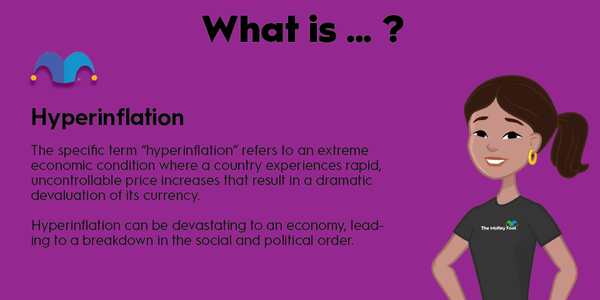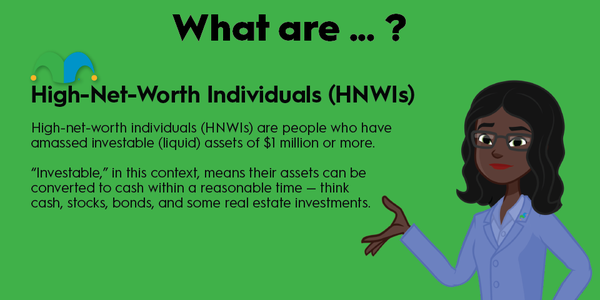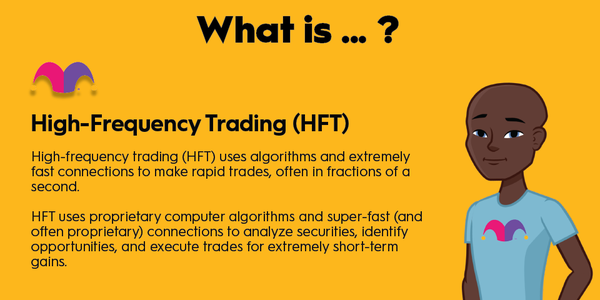A health insurance copayment or copay is a fixed, predetermined amount that a person with health insurance pays out-of-pocket for covered services. Many health insurance plans have copays for things like visits to a doctor's office or prescription drugs. They typically come into play after the policyholder has met an annual deductible.

How it works
How copayments work
Health insurance policies have different ways of sharing medical costs between the policyholder and the insurance company. A copay is a set rate that a policyholder pays to help share the cost of a covered medical service or prescription. They provide the policyholder with clarity on the cost of a covered medical service.
Many health insurance plans require the policyholder to cover 100% of their medical costs out-of-pocket until they reach their annual health insurance deductible. Copays typically kick in after that. An issuance plan might have a $35 copay for a doctor's office visit and a $100 copay for an emergency room visit. Likewise, they have different rates for generic, branded, and specialty prescription drugs. The policyholder pays the rates out of pocket as part of the sharing arrangement.
Copays vs. coinsurance
The difference between copays and coinsurance
Health insurance policies typically have two types of cost-sharing arrangements after the policyholder reaches their annual deductible and before they hit their maximum out-of-pocket: Copays and coinsurance.
Copays are a flat fixed fee a policyholder pays for a covered service. For example, if a policy has a $25 copay for a doctor's visit, that's all the policyholders would pay for that service, no matter the total visit cost. That gives policyholders clarity into the out-of-pocket costs they pay for a service.
On the other hand, coinsurance is a percentage of the total cost of a covered medical service. The out-of-pocket cost will vary by service and provider. For example, if a policyholder has a 20% coinsurance, they'd pay 20% of a covered medical expense. So, if they had to visit a specialist that cost $300, they'd pay $60 for that visit.
Understand your plan
Why it's important to understand your insurance plan
Health insurance plans have different cost-sharing features. Understanding how they work is crucial so you can select the right plan for your family and financial situation.
Many choose a health insurance plan based on the monthly health insurance premium, the fixed monthly payment to the insurance company. However, there's a lot more to a policy than that payment. In many cases, plans with lower monthly premiums have higher annual deductibles and copays, which can cost a policyholder more money out of pocket.
It's essential to look at other aspects of the plan, including whether it features a copay or coinsurance after meeting the deductible. Plans with a copay give the policyholder more visibility into their total out-of-pocket costs because they feature a fixed payment for a covered service. On the other hand, plans with coinsurance have less cost visibility because you won't know your total out-of-pocket costs for a covered service ahead of time. Further, the percentage cost of a coinsurance plan could be much higher than a copay plan's fixed cost.
Related investing topics
Example
A copay example
Copays provide policyholders with cost predictability on covered medical services after they've reached their annual deductible. For example, a family comparing health insurance plans has two options with a similar monthly premium. The first plan has a higher deductible but a $40 copay for primary care visits, $60 for urgent care, and $27 for branded prescriptions. The plan gives the family cost certainty on those covered services once they meet their deductible.
Meanwhile, the other plan has a coinsurance requirement of 30% after their annual deductible for those same covered services. The family wouldn't know ahead of time what they're paying out of pocket. If a family member gets sick and has to go to the urgent care and then needs a branded prescription, they could end up paying more than the $87 out-of-pocket cost of the copay plan, depending on the specific treatments needed.

















